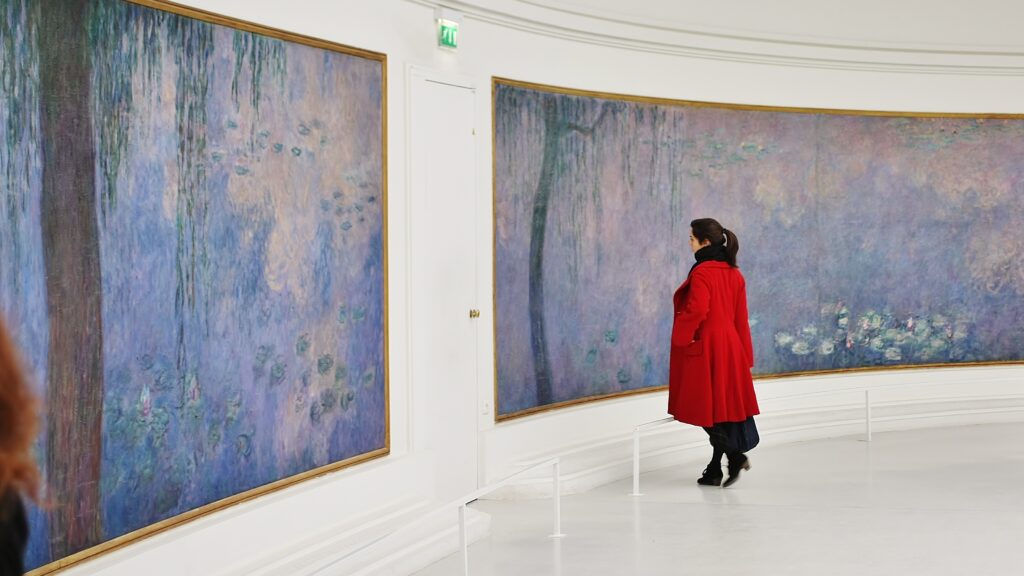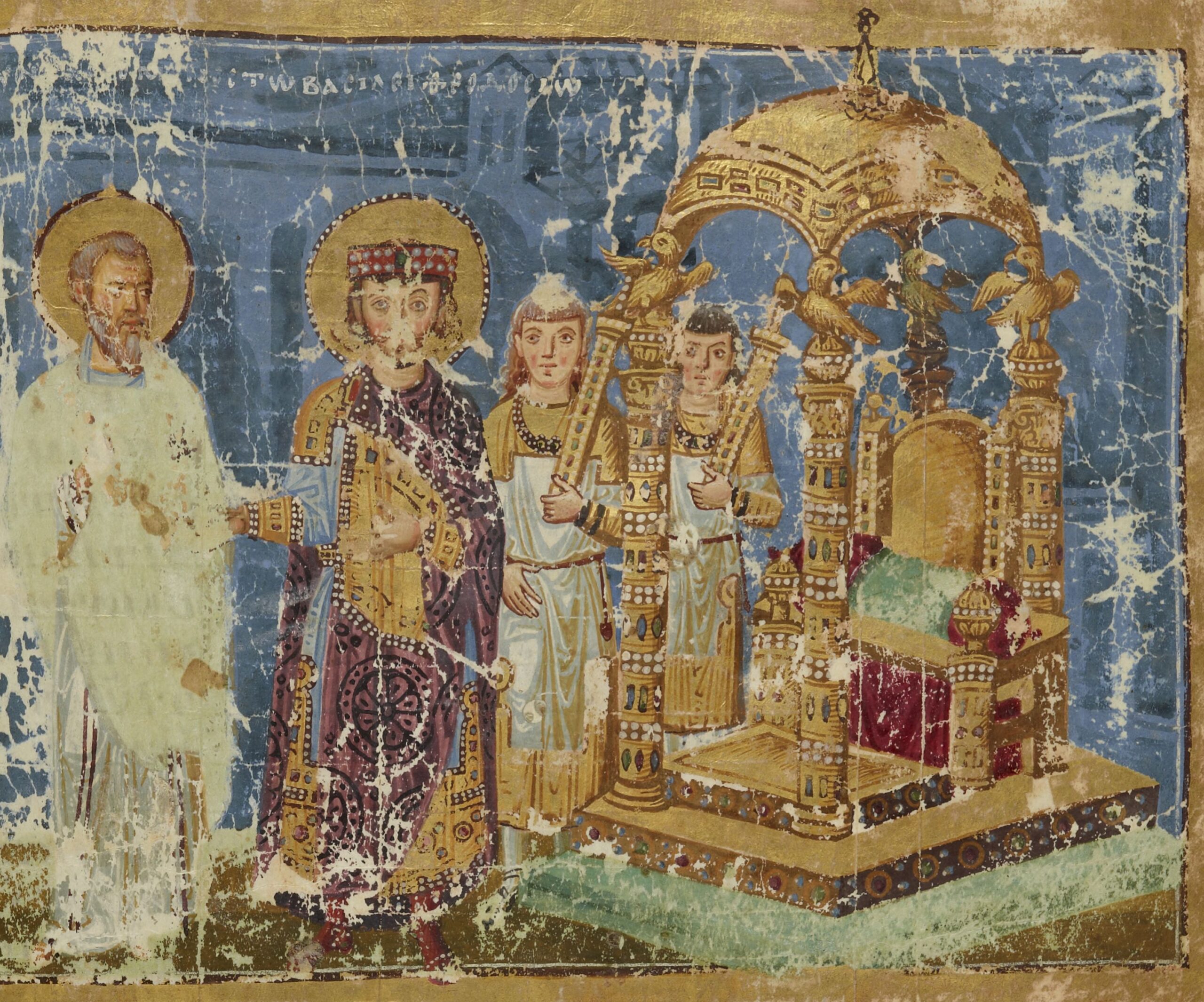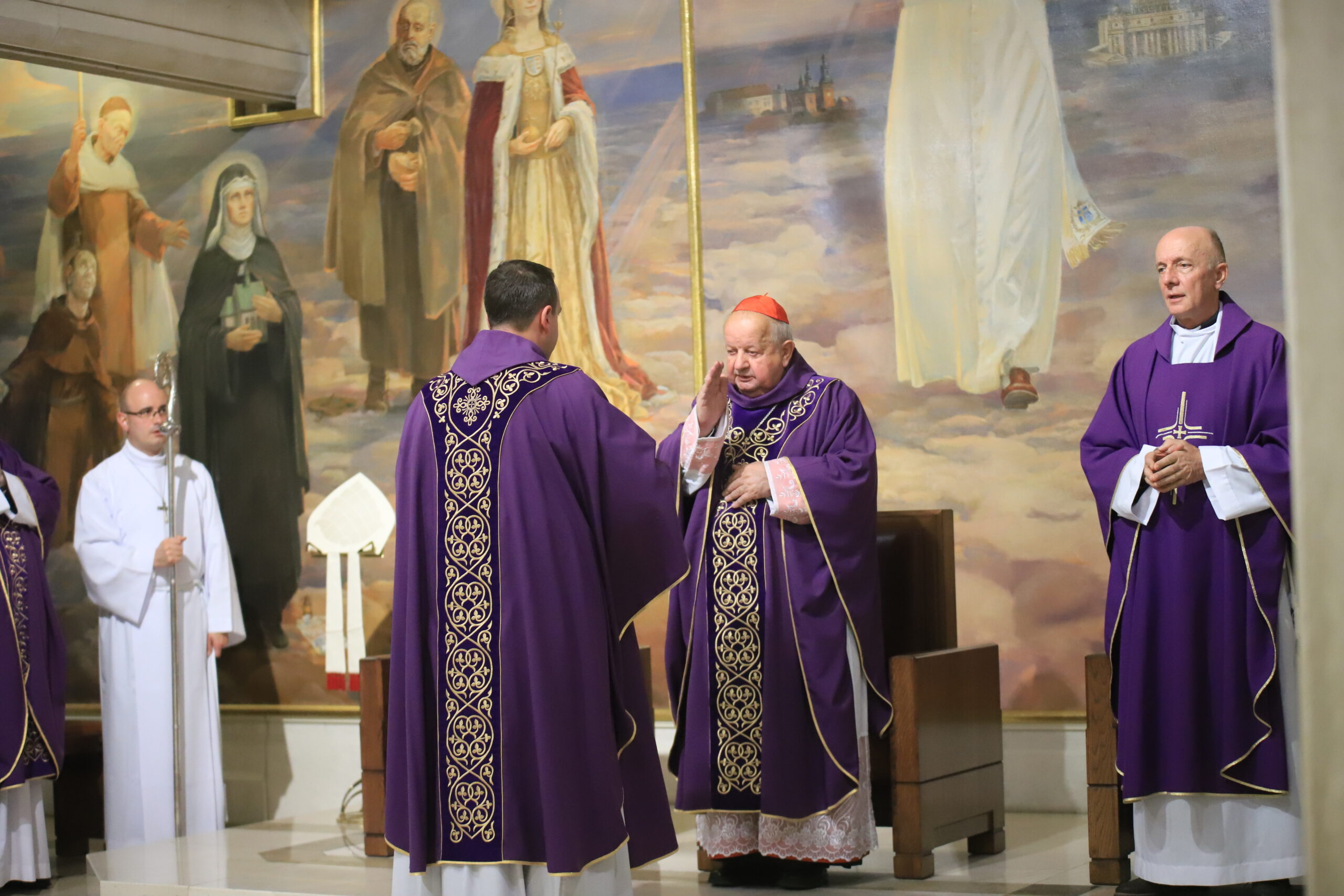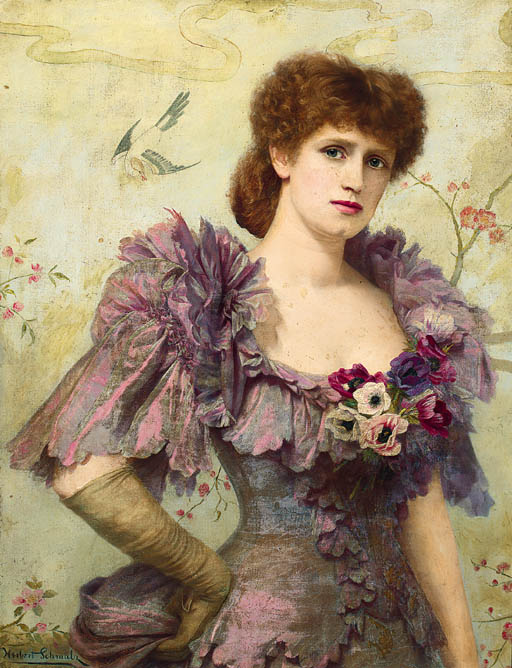A “Pop” of Culture and Color
Color is to art like storytelling is to human identity — it is inherent, and it is informing.
Lighter purples, pastels, and lavenders can convey refinement, dignification, wit, creativity, and individualism. Darker purples, plums, and violets can convey sorrow, frustration, lust, mystery, wisdom, and mysticism.
Whatever the hue, the use of purple in art tells a story—and artists know it.
Claude Monet, a famous French artist, is one of purple-ism’s many faithful followers. In Impressionist art, there is a focus on bright colors and how the artist uses light and shadows in the artwork. Monet avoided the use of black for shadow work because he believed that black was not an accurate depiction of shadows in real life, so he turned to violet (mixes of red and blue and sometimes green). He also used vibrant purples to catch the eye, as in his famous Water Lilies series.

PHOTO CREDIT: Adrian Scottow (CC BY-SA 2.0 DEED)
Now to more contemporary times. What color do you think won the Pantone Color of the Year for 2018?
Ultra Violet
Pantone felt it was time once again to highlight purple and its prominence in popular and social culture. In deeming “Ultra Violet” the color of the year, Pantone brought the different narratives of purple into discussion. Pantone recognizes purple’s natural aura of individuality and mysticism. They also pay respects to musical artist icons in Western pop culture such as Jimi Hendrix, David Bowie, and Prince, who each contributed to the stable popularity we grant purple in society.
On that note, we make our way to purple in music. Artists like Prince and Jimi Hendrix have songs that feature purple symbolism. Prince has the song “Purple Rain” (if you don’t know it, this is evidence that you’re living under a rock and/or didn’t have a Gen X parent that quizzed you on ‘70s–’90s music during road trips). “Purple Rain” features symbols of religion and faith.
Jimi Hendrix has a song called “Purple Haze.” If you don’t know it, this is evidence that you only remember bits and pieces of the ’60s—or you’re too young. The common understanding of “Purple Haze” by Jimi Hendrix speaks to a connection to drug culture and the psychedelic experience. However, this was not his original intention.
While the song in today’s pop culture speaks to the experience of being under an influence, Hendrix reports that it came from a dream where he was engulfed in a purple haze underwater and his faith in Jesus Christ saved him. Thus, the symbolism in this song is two-fold. It speaks to the narrative of drug-culture and intoxication, and it speaks to the narrative of religion and faith. The difference is in intention and reception.
WHERE TO NEXT?

A Caste in Cloth
IMAGE: Detail from a Greek manuscript dated 879-883 AD, now held at the National Library of France.

Of Gods, Myths, and (Holy) Spirits
IMAGE: Cardinal Stanisław Dziwisz presides over an observance of All Souls’ Day at the John Paul II Sanctuary in Krakow on November 11, 2018. (Photo by Joanna Adamik for the Archdiocese of Krakow.)

The Politics of Purple
British actress and producer Lillie Langtry. (SOURCE: Langtry illustration by Herbert Gustave Schmalz , circa 1900)
